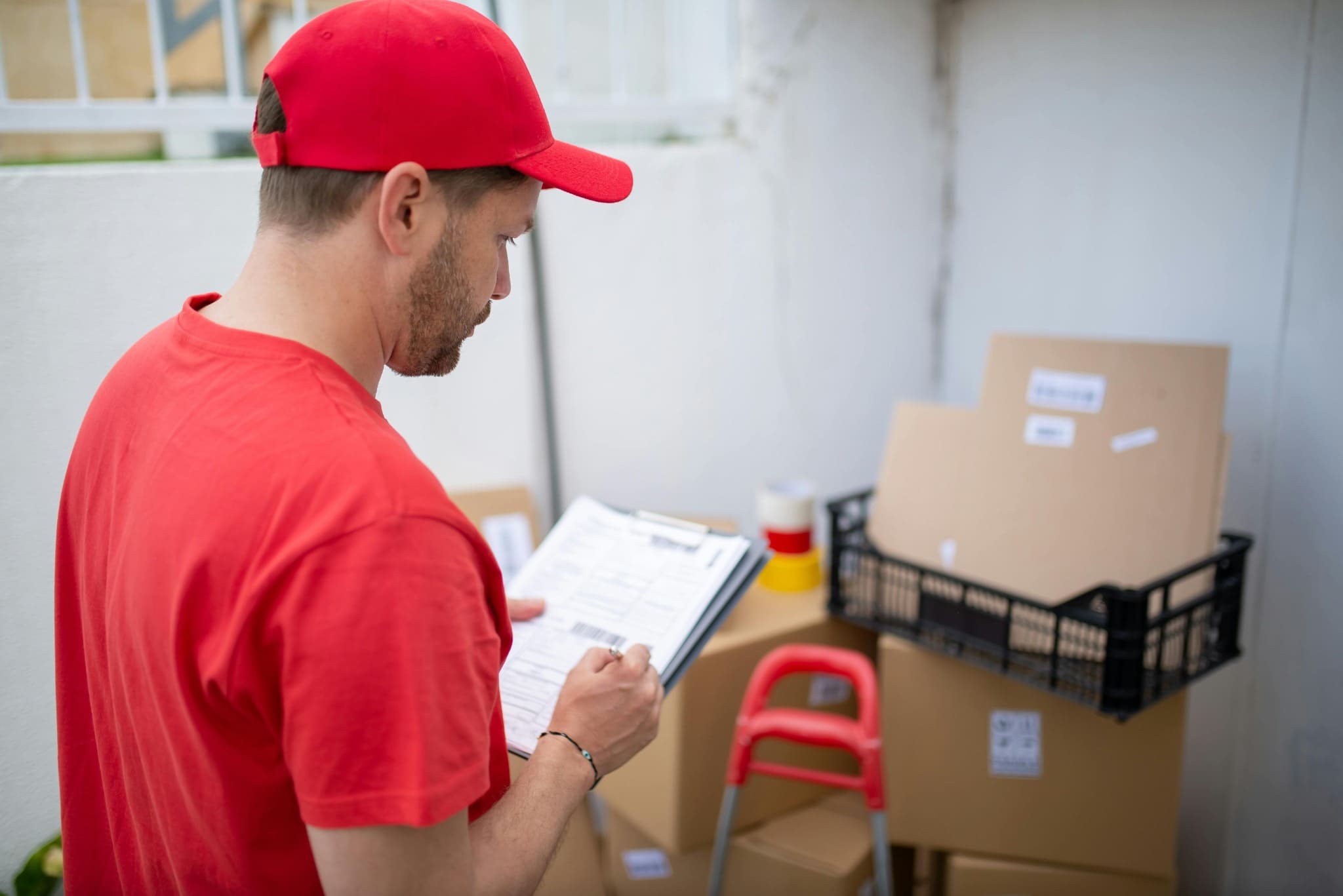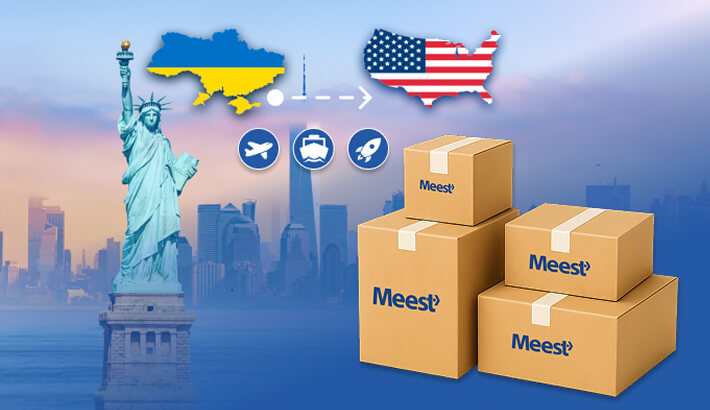


Domestic vs. International Parcel Shipping: What’s the Difference?
When it comes to shipping parcels, not all shipments are the same. When you are sending a parcel across your city, the logistics, costs, and requirements vary compared to when it's an international package shipping.
Understanding the difference between these two is key to choosing the right service and avoiding costly mistakes. This article discusses the main difference between the two to keep you in the know-how, the next time you are sending a parcel, either locally or internationally.
Key Differences Between Domestic and International Shipping
You may be wondering, “What is domestic shipping”? It refers to the sending of parcels within the country's borders. International shipping, on the other hand, is sending parcels outside the borders and even to different continents. Let's look at key differences in domestic vs. international shipping based on a few factors.
Delivery Timeframes
Domestic shipping typically boasts shorter delivery times. These range from one to five days, depending on the location the parcel is to be delivered to. Carriers like USPS, UPS, and FedEx operate extensive local networks that streamline domestic shipments.
International shipping, on the other hand, can take anywhere from several days to multiple weeks. This is due to cross-border transit, inspections, among other factors.
Costs and Rates
The cost of sending parcels is primarily based on distance, package weight, and dimensions. With the distance in domestic shipping being shorter, the costs are generally lower.
In international shipping, other factors such as import/export taxes, customs duty, destination country regulations, and international fuel surcharges are included, raising the cost. Use the Meest shipping calculator to estimate how much it will cost you whenever you want to send a parcel internationally.
Shipping Regulations
When sending parcels domestically, the rules are straightforward. There are minimum restrictions and regulations with less documentation to worry about.
To send parcels internationally, you will have to comply with the import laws of the destination country. Items like lithium batteries, food, and live animals may also face restrictions.
Tracking and Insurance
Domestic parcels come with basic tracking and insurance. This is mostly included in the final cost.
In international shipping, tracking and insurance are not included, and one is required to pay for them. Meest offers both tracking and insurance for international shipping to give you peace of mind while your parcel is in transit.
Customs and Documentation
Some don’t understand “What's the difference between domestic and international shipping when it comes to documentation?” For the first option, no customs or international declarations are required. This is because the destination is within the geographical borders. This makes the process faster and easier.
For international shipping, every consignment must include a customs declaration form. This form outlines the contents of the package, their value, and intended use. Inaccurate or vague information may result in delays, returned packages, or unexpected customs charges.
Always include a clear label on your package and secure your documentation, if possible, in a waterproof pouch to avoid mishandling and loss during customs inspections.
Packaging Considerations
Standard corrugated cardboard boxes are sufficient for domestic parcels. While they still should be cushioned, the risks are lower since the consignment distance is shorter and involves fewer handlers.
Packages shipped internationally are exposed to longer routes, climate changes, and more handling points, exposing them to more risks. To keep your package safe, apply the following safety measures:
- Use strong, new boxes — avoid reducing old packaging.
- Add extra cushioning — bubble wrap or foam inserts.
- Seal with heavy-duty packaging tape — use the H-method.
- Include clear, legible labeling on all sides.
- Avoid wrapping the outside box with gift paper, as customs will open it.
These safety measures will go a long way to help avoid damage, loss, or the return of your package.
Choosing the Right Shipping Courier
For domestic shipping, carriers such as FedEx, UPS, and USPS offer reliable services with competitive prices and convenient drop-off locations. This makes them ideal for quick and simple shipments within the USA.
For international shipping, the process is a little more complicated, making it important to use an experienced courier. Meest specializes in affordable and reliable parcel delivery across Europe with a vast delivery network in Eastern Europe, including the CIS countries.
With many years of custom expertise, an easy-to-use customer portal, and transparent pricing with no hidden charges, you can rest assured your parcel will arrive safely and in one piece wherever you want to send it in the world.
Conclusion
Sending a parcel domestically is different compared to shipping internationally. The difference is brought about by the shipping distance, taxes, regulations, and restrictions in the country of destination. The packing for the two is also different, with international consignments requiring stronger packaging since the packages may be exposed to the elements and also have many handling points.
To get your package to your intended destination safely and on time, make sure you use the services of an experienced carrier like Meest. Meest’s reputation across the years stands out with an impeccable record of shipping to even far-flung areas, including the CIS countries of Eastern Europe.

















